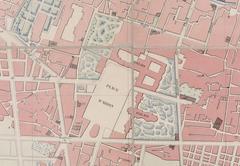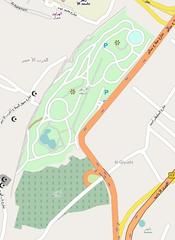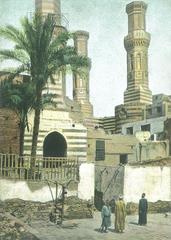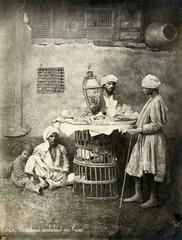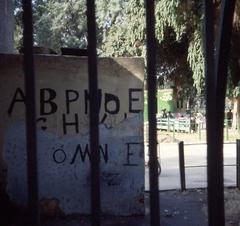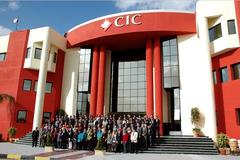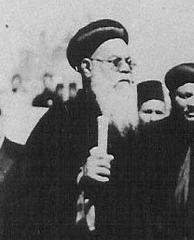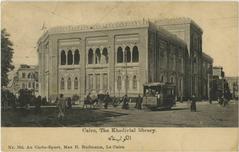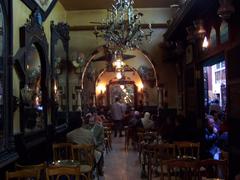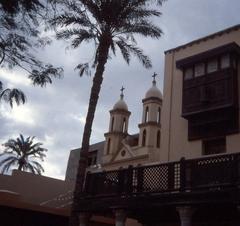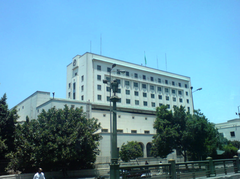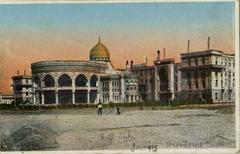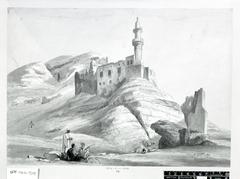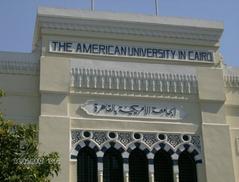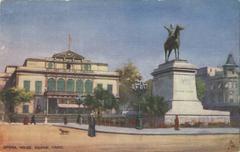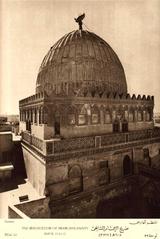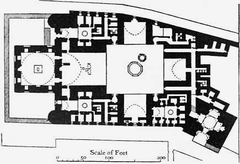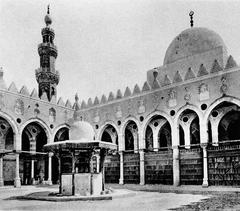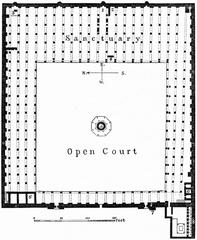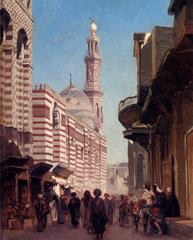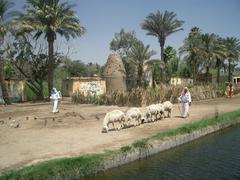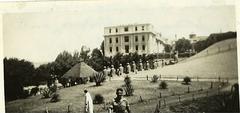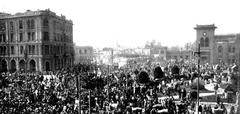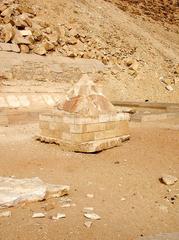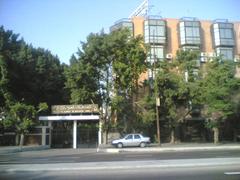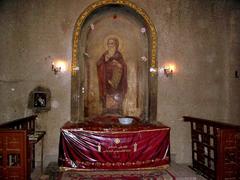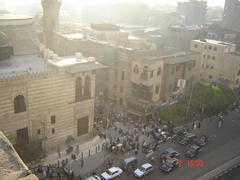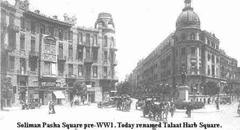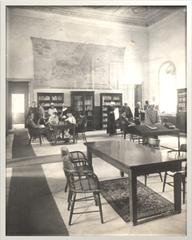
Shaar Hashamayim Synagogue: Visiting Hours, Tickets, and Historical Insights in Cairo
Date: 04/07/2025
Introduction
Nestled in the bustling heart of downtown Cairo on Adly Street, the Sha’ar Hashamayim Synagogue—also known as the Gate of Heaven or Adly Street Synagogue—stands as a monumental testament to Egypt’s rich multicultural past. Established between 1899 and 1908, the synagogue was commissioned and funded by leading Sephardi Jewish families such as the Cattaui, Mosseri, Suares, and Rolo families. Designed by Maurice Cattaui and Eduard Matasek, its architecture expertly blends ancient Egyptian motifs with Art Nouveau, Neo-Baroque, Ottoman, and Art Deco elements. This synthesis of styles reflects the Jewish community’s deep integration into Egyptian society during the city’s Belle Époque era, and the synagogue’s spacious sanctuary, elaborate stained glass, and imposing facade continue to captivate visitors today.
As the only active synagogue in Cairo, Sha’ar Hashamayim remains a focal point for religious ceremonies, heritage events, and interfaith dialogue. Due to security protocols and ongoing preservation efforts, visits are strictly by appointment. The synagogue’s central location also allows visitors to explore nearby historical landmarks, making it an essential stop for those seeking to understand Cairo’s layered history and the enduring legacy of its Jewish community (Egyptian Jewish Community Council, Egypt Best Vacations, Travel Store).
Table of Contents
- Introduction
- Historical Background
- Architectural Highlights
- Visiting Hours, Tickets, and Entry
- How to Get There and Accessibility
- Special Events and Guided Tours
- Nearby Historical Sites
- Preservation and Community Significance
- Visitor Tips
- FAQ
- References
Historical Background
The Sha’ar Hashamayim Synagogue was inaugurated in 1908, at a time when Cairo’s Jewish community numbered over 80,000 members. It was funded by some of Egypt’s most prominent Jewish families—Cattaui, Mosseri, Suares, Rolo, among others—who contributed significantly to Egypt’s economic and cultural development. The building’s founders also supported other major cultural institutions in Cairo, underlining the community’s integral role in the city’s cosmopolitan life (cuip.clustermappinginitiative.org).
The synagogue’s architectural design, a collaboration between Maurice Youssef Cattaui and Eduard Matasek, symbolizes both the ancient and modern aspirations of the Jewish community. Its distinctive style—melding neo-Pharaonic, Art Deco, and Art Nouveau—mirrors the community’s pride and Egypt’s openness during the early 20th century. The sanctuary, originally accommodating over a thousand worshippers, became a vibrant hub for religious and community life.
Architectural Highlights
Facade and Symbolism
The synagogue’s facade is inspired by ancient Egyptian temples, with massive stone blocks, symmetrical columns, and decorative entablatures. Hebrew inscriptions and Stars of David embellish the entrance, while floral details and elegant cornices reflect European influences such as Art Nouveau and Neo-Baroque (Archiqoo).
Interior Features
Inside, a spacious square prayer hall is crowned by a large central dome symbolizing the heavens. The Aron Kodesh (holy ark) and bimah (pulpit) are placed according to Sephardic tradition, surrounded by carved wooden railings and marble steps. Stained glass windows, gilded moldings, and decorative friezes blend Jewish, Egyptian, and European motifs, creating an extraordinary visual experience (Academia.edu).
Preservation
The building covers approximately 10,000 square meters, including two floors and a basement. Restoration projects, supported by Egyptian authorities and international Jewish heritage organizations, are ongoing to maintain its architectural and historical integrity.
Visiting Hours, Tickets, and Entry
Visiting Hours
- Visits are by appointment only due to security and preservation protocols.
- Standard visiting hours are Sunday to Thursday, 9:00 AM to 4:00 PM. Visits outside these hours require special permission.
- Appointments should be made well in advance.
Tickets and Booking
- Admission is free, though donations for preservation efforts are encouraged.
- Bookings must be arranged through the Egyptian Jewish Community Council or authorized heritage tour operators (http://ejcc.org.eg/contact).
- Photography is generally not allowed without special permission.
Security and Dress Code
- Expect security checks and ID verification.
- Modest dress is required; head coverings may be provided for men.
- Visitors are expected to respect the solemnity of the site and comply with all guidelines.
How to Get There and Accessibility
- Location: 17 Adly Street, Downtown Cairo, Egypt.
- Transport: Accessible via taxi, rideshare, or public transportation. Adly Street is well-connected but subject to typical Cairo traffic.
- Accessibility: The site is on the ground floor but has limited wheelchair access. Advance notice is advised for visitors with mobility challenges.
Special Events and Guided Tours
Cultural organizations and academic groups occasionally organize special tours and events at Sha’ar Hashamayim Synagogue. These tours offer insights into the community’s history and the synagogue’s architecture. Events are typically announced in advance, and participation requires prior registration (walklikeanegyptian.com).
Nearby Historical Sites
Enhance your visit by exploring these nearby attractions:
- Ben Ezra Synagogue: Renowned for the Cairo Geniza manuscripts.
- Maimonides Synagogue: Located in the historic Jewish Quarter.
- Khan El Khalili Bazaar: Iconic market for crafts and souvenirs.
- Islamic Cairo: Featuring ancient mosques and Islamic monuments.
- Egyptian Museum: Home to extensive ancient Egyptian collections.
Preservation and Community Significance
Despite the sharp decline in Egypt’s Jewish population after the mid-20th century, the Sha’ar Hashamayim Synagogue remains a protected heritage site. It serves not only as a place of worship but also as a symbol of Cairo’s pluralistic identity and the intertwined histories of its communities. Restoration efforts ensure that its architectural grandeur and historical significance are preserved for future generations (cuip.clustermappinginitiative.org).
Visitor Tips
- Arrange Visits in Advance: Contact official organizations to secure your visit.
- Bring ID: Security protocols require identification.
- Dress Modestly: Respect religious customs.
- Join a Guided Tour: Gain deeper historical and architectural insights.
- Combine with Other Sites: Plan a day exploring nearby cultural landmarks.
Frequently Asked Questions (FAQ)
Q: Is the Sha’ar Hashamayim Synagogue open to tourists?
A: Yes, but only by appointment. Spontaneous visits are not permitted due to security and preservation concerns.
Q: Are guided tours available?
A: Yes, through authorized tour operators or the Egyptian Jewish Community Council.
Q: Is there an entry fee?
A: Entry is generally free, but donations are encouraged.
Q: What is the dress code?
A: Modest attire is required; men may be asked to cover their heads.
Q: Is photography allowed?
A: Not typically; special permission is required.
Q: Is the synagogue accessible for people with disabilities?
A: Accessibility is limited; inquire in advance for arrangements.
Conclusion
The Sha’ar Hashamayim Synagogue is not only an architectural masterpiece but also a living symbol of Cairo’s multicultural heritage and the resilience of its Jewish community. While visits require planning and adherence to security measures, the opportunity to experience this unique site offers invaluable insight into Egypt’s pluralistic history.
Combine your visit with nearby historical landmarks for a comprehensive exploration of Cairo’s diverse past. For the latest updates, curated tours, and expert guidance, download the Audiala app and connect with authorized heritage organizations.







